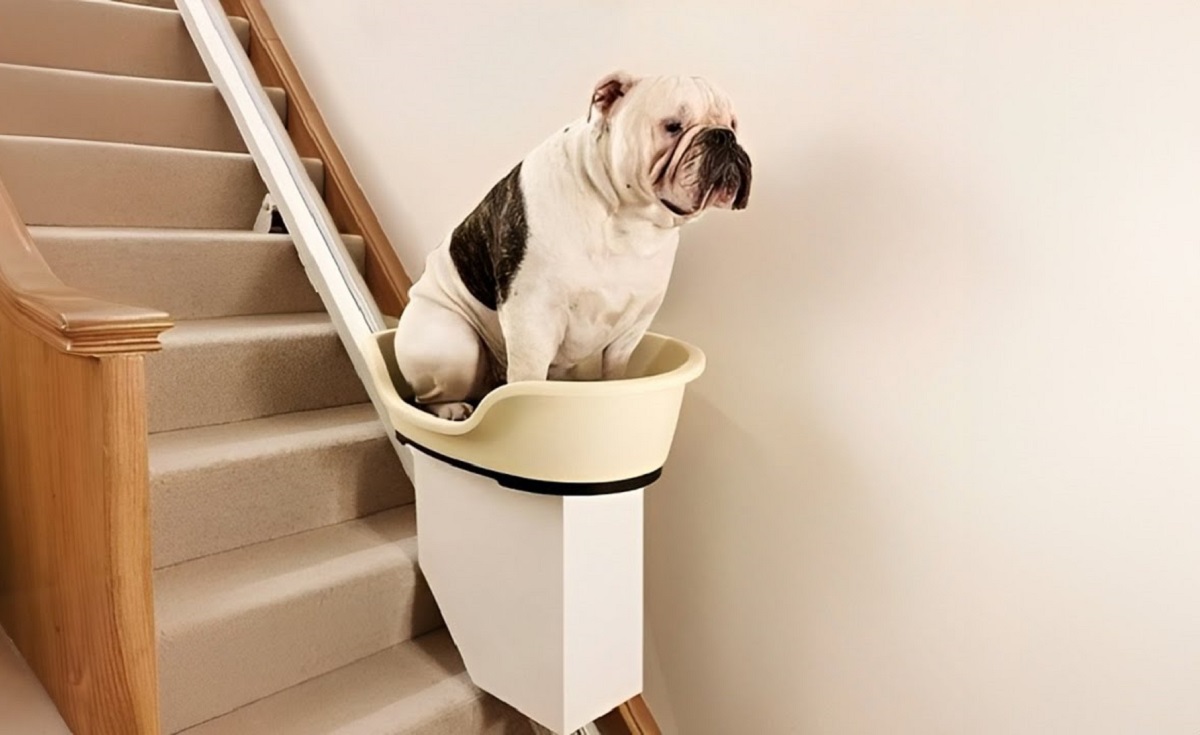

Articles
How To Get An Old Dog Up And Down Stairs
Modified: May 6, 2024
Learn helpful articles on how to safely assist your old dog in navigating stairs and ensure their comfort and well-being.
(Many of the links in this article redirect to a specific reviewed product. Your purchase of these products through affiliate links helps to generate commission for Storables.com, at no extra cost. Learn more)
Introduction
Welcome to our guide on how to help an old dog navigate stairs. As dogs age, they may begin to experience physical limitations and face challenges in their daily activities. One common difficulty that older dogs encounter is climbing up and down stairs. Whether it’s due to arthritis, muscle weakness, or joint pain, stairs can become a barrier for our furry friends.
In this article, we will discuss various strategies and techniques to assist your senior dog in safely navigating stairs. By understanding the challenges they face, assessing their ability, and creating a supportive environment, you can help your beloved companion maintain their independence and continue enjoying every aspect of their life.
It’s important to note that before implementing any changes or techniques, it’s advisable to consult with your veterinarian. They will be able to provide specific guidance tailored to your dog’s individual needs and conditions. Now, let’s dive into the details of helping your old dog conquer the stairs!
Key Takeaways:
- Understanding your old dog’s physical limitations and cognitive challenges is crucial for implementing effective strategies to help them navigate stairs safely and comfortably as they age.
- Creating a supportive environment, assessing your dog’s abilities, and using training techniques and assistive devices can empower your aging dog to conquer stairs with confidence and grace.
Read more: How To Get Your Dog To Go Down Stairs
Understanding the Challenges Faced by Older Dogs
As dogs age, they naturally experience a decline in physical capabilities. Just like humans, senior dogs may suffer from various health conditions such as arthritis, hip dysplasia, or degenerative joint disease. These issues can significantly impact their ability to navigate stairs comfortably.
One of the primary challenges faced by older dogs is joint pain. Arthritis, a common condition among senior dogs, causes inflammation and stiffness in the joints, making it difficult for them to flex and extend their limbs. Climbing stairs, which requires bending and stretching of the joints, can be painful and uncomfortable for dogs suffering from arthritis.
In addition to joint pain, older dogs may also experience muscle weakness. Muscle loss, also known as sarcopenia, is common in aging canines. Weak muscles can affect their ability to support their body weight and maintain balance, increasing the risk of falls or accidents on the stairs.
Furthermore, older dogs may have reduced mobility and flexibility overall. They might struggle with coordination and finding the right balance while navigating steps. Their limited range of motion and decreased strength can make the process of going up and down stairs physically demanding and potentially dangerous.
Lastly, cognitive decline can also impact an older dog’s ability to use stairs. Dogs suffering from conditions like dementia or cognitive dysfunction syndrome may have difficulty understanding or remembering how to navigate stairs, leading to confusion and hesitation.
Understanding these challenges is crucial in finding the most appropriate and effective solutions to help your aging dog overcome their difficulties on the stairs. By addressing the specific issues they face, you can take targeted measures to improve their mobility and maintain a safe and comfortable environment for them.
Assessing Your Dog’s Ability to Navigate Stairs
Before implementing any changes or techniques, it’s important to assess your dog’s ability to navigate stairs. This will help you determine the level of support and assistance they may need. Here are a few factors to consider when evaluating your dog’s capability:
- Observation: Observe your dog closely as they approach and use stairs. Pay attention to their posture, gait, and any signs of discomfort or hesitation. Take note of any visible signs of joint pain or mobility issues.
- Veterinary Consultation: Schedule a visit with your veterinarian to evaluate your dog’s overall health and discuss any specific concerns you have regarding their ability to use stairs. They can also provide guidance on managing any existing conditions or providing appropriate pain relief.
- Balance and Stability: Assess your dog’s balance and stability while navigating stairs. Do they have a tendency to stumble or lose their balance? Are they able to maintain a steady and controlled movement?
- Strength and Endurance: Consider your dog’s strength and endurance levels. Do they show signs of fatigue or struggle to complete the task of climbing or descending stairs? This can indicate muscular weakness or lack of stamina.
- Cognitive Function: Evaluate your dog’s cognitive abilities. Do they seem confused or hesitant when approaching or using stairs? Do they demonstrate an understanding of how to navigate stairs?
Based on your observations and consultation with your veterinarian, you can determine the appropriate measures to support your dog’s stair use. It’s crucial to remember that each dog is unique, and their needs may vary. Some dogs may require minimal assistance, while others may benefit from more extensive support and training.
Once you have a clear understanding of your dog’s abilities and limitations, you can proceed to the next steps of preparing the environment and implementing training techniques to assist them in navigating stairs safely and comfortably.
Preparing the Environment for Safe Stair Use
Creating a safe environment for your older dog to navigate stairs is essential to prevent accidents and injuries. Here are some steps you can take to prepare the environment:
- Clear Clutter: Remove any objects or obstacles from the stairs or stairwell area. Clutter can increase the risk of tripping or losing balance, especially for dogs with limited mobility or vision impairments.
- Improve Lighting: Ensure that the stairwell area is well-lit to enhance visibility. Consider adding additional lighting fixtures or increasing the brightness of existing lights to make it easier for your dog to see the steps clearly.
- Secure Carpeting or Mats: If you have carpeting or mats on your stairs, make sure they are securely fastened and in good condition. Loose or worn-out carpeting can be a potential hazard, causing slips and falls.
- Install Stair Rails or Gates: Installing stair rails or gates can provide additional support and stability for your dog while using the stairs. It can also prevent them from attempting to use the stairs unsupervised, reducing the risk of accidents.
- Add Anti-Slip Treads: Consider adding anti-slip treads or adhesive strips to the steps to provide better traction. This can be particularly beneficial for dogs with mobility issues or those prone to slipping.
- Provide Resting Areas: If your dog becomes fatigued easily, consider placing resting areas at the top and bottom of the stairs. Comfortable bedding or mats can give them a place to rest and recover before continuing their journey.
By taking these precautions and ensuring a safe and well-prepared environment, you are setting the stage for your older dog to navigate stairs with reduced risk and increased confidence. However, creating a safe environment is just one part of the equation. Training techniques and support for your dog’s physical needs are equally important, which we will explore further in the following sections.
Consider installing a ramp to help your old dog navigate stairs more easily. Ramps provide a gentle slope for them to walk up and down, reducing strain on their joints and making it safer for them to move around.
Training Techniques to Help Your Old Dog Navigate Stairs
Training is a crucial aspect of assisting your old dog in navigating stairs. By implementing these techniques, you can help build their confidence and provide them with the skills necessary to safely maneuver the steps:
- Positive Reinforcement: Use positive reinforcement techniques, such as praise, rewards, and treats, to encourage your dog to approach and use the stairs. This helps create a positive association with the stairs and motivates them to engage in the training process.
- Take it Slow: Introduce the stairs gradually and at a pace that your dog is comfortable with. Start with just a few steps, and as they become more confident, gradually increase the number of steps they navigate.
- Assisted Walks: Initially, support your dog by standing beside them while they climb or descend the stairs. Gently guide them with a hand under their belly or using a harness to provide balance and stability.
- Encourage Proper Form: Guide your dog to use proper form while navigating stairs, such as walking with a straight back, bending their joints correctly, and maintaining a steady pace. Reinforce these movements with positive reinforcement.
- Practice Regularly: Consistency is key. Schedule regular practice sessions to reinforce their training and build their confidence. Over time, your dog will become more comfortable and independent in their ability to use stairs.
- Monitor Progress: Keep track of your dog’s progress and adapt the training techniques as needed. Be patient and understanding, as every dog learns at their own pace. Celebrate even the smallest achievements along the way.
Remember, training should always be a positive and stress-free experience for your dog. If at any point during training your dog shows signs of distress or discomfort, take a step back and consult with your veterinarian or a professional dog trainer for guidance and support.
With patience, consistency, and positive reinforcement, you can help your old dog develop the skills and confidence needed to independently navigate stairs and enjoy their daily routine without unnecessary challenges or risks.
Read more: How To Teach Dog To Go Up Stairs
Supporting Your Dog with Assistive Devices
In addition to training techniques, there are various assistive devices available that can provide additional support and stability for your old dog while using stairs. These devices can help alleviate stress on their joints and reduce the risk of falls. Here are some common options to consider:
- Ramps: Portable or permanent ramps can be installed to create an alternative access point for your dog. Ramps provide a gentler incline, making it easier for them to navigate instead of using stairs.
- Stair Lifts: Stair lifts are mechanical devices that can carry your dog up and down the stairs. They are particularly useful for dogs with severe mobility issues or those unable to climb stairs independently.
- Harnesses and Slings: Harnesses with handles or slings can be used to support your dog’s hind end or torso while using stairs. These devices provide additional balance and stability, reducing strain on their muscles and joints.
- Orthopedic Support: Orthopedic aids such as joint supplements, orthopedic beds, and orthotic devices can help alleviate joint pain and provide comfort and support for your dog’s overall mobility.
- Paw Grips or Booties: Paw grips or booties with non-slip soles can improve traction on slippery surfaces, reducing the risk of slipping and tumbling on the stairs.
When selecting assistive devices, it’s essential to consider your dog’s specific needs and consult with your veterinarian. They can provide guidance on the most suitable options based on your dog’s size, mobility limitations, and overall health condition.
Introduce these devices gradually and give your dog time to become familiar with them. Start with short training sessions and reward them for their cooperation and progress. With the right assistive devices and training, your old dog can regain their confidence and safely navigate stairs, improving their quality of life.
Tips for Managing Stairs with an Older Dog
Managing stairs with an older dog requires a combination of thoughtful considerations and proactive measures to ensure their safety and well-being. Here are some helpful tips to keep in mind:
- Supervision: Whenever your dog is using the stairs, it’s important to supervise them closely. This allows you to provide immediate assistance if needed and ensures their safety.
- Maintain a Comfortable Environment: Keep the stairwell area well-maintained and free of any hazards or obstacles that could cause your dog to trip or lose balance.
- Keep them on a Healthy Diet: Maintaining a healthy weight is crucial for an older dog’s joint health. A balanced diet and appropriate portion control can help manage their weight and ease the stress on their joints.
- Provide Regular Exercise: Regular exercise, such as gentle walks or light play sessions, helps keep your dog’s muscles strong and their joints mobile. However, consult with your veterinarian for guidance on exercise intensity and duration based on your dog’s individual needs.
- Consider Using Supplements: Speak with your veterinarian about potential joint supplements that can support your dog’s joint health and reduce inflammation.
- Keep Up with Veterinary Check-ups: Regular veterinary check-ups are essential for monitoring your dog’s overall health and detecting any potential issues early on. Addressing any health concerns promptly can help prevent further complications.
- Use a Gentle and Supportive Leash: If using a leash on the stairs, opt for a gentle and supportive harness or leash that does not put undue pressure on your dog’s neck or back.
- Create a Cozy Resting Area: Provide a comfortable resting place for your dog at the top and bottom of the stairs, allowing them to take breaks and recover if needed.
Remember, every dog is unique, and their individual needs may vary. It’s important to consider your dog’s specific condition, consult with your veterinarian, and tailor your approach accordingly.
By implementing these tips, you can help manage stairs for your older dog in a way that promotes their safety, comfort, and overall well-being.
Conclusion
Helping an older dog navigate stairs is a compassionate and rewarding endeavor. By understanding the challenges they face, assessing their abilities, and implementing appropriate measures, you can support them in maintaining their independence and quality of life.
Start by observing your dog, consulting with your veterinarian, and creating a safe environment that minimizes potential hazards. Training techniques, such as positive reinforcement and gradual introductions, can help your dog build confidence and develop the necessary skills to navigate stairs.
Assistive devices, such as ramps or harnesses, can provide additional support and stability when needed. Regular exercise, a healthy diet, and veterinary check-ups play vital roles in managing your dog’s overall health and mobility.
Remember to practice patience, create a stress-free training environment, and always prioritize your dog’s well-being. Each dog may progress at their own pace, so celebrate even the smallest achievements along the way.
By implementing these strategies and offering your older dog the care and support they need, you can ensure that stairs are no longer a barrier but instead a manageable and safe part of their daily routine.
However, it is essential to consult with your veterinarian before making any changes to your dog’s routine or implementing new training techniques. They can provide specific advice tailored to your dog’s individual needs and help guide you through the process.
With your love, patience, and support, your aging dog can continue to live a fulfilling and comfortable life, conquering stairs with confidence and grace.
Now that you've gained insight on helping your senior dog navigate stairs, why not consider easing their journey further? Our article on the latest dog stairs offers a selection of solutions that could dramatically improve your pet's mobility and confidence. Discover options that blend safety, comfort, and style perfectly suited for your home and your aging companion. Don't miss out on making every step a breeze for your beloved dog.
Frequently Asked Questions about How To Get An Old Dog Up And Down Stairs
Was this page helpful?
At Storables.com, we guarantee accurate and reliable information. Our content, validated by Expert Board Contributors, is crafted following stringent Editorial Policies. We're committed to providing you with well-researched, expert-backed insights for all your informational needs.
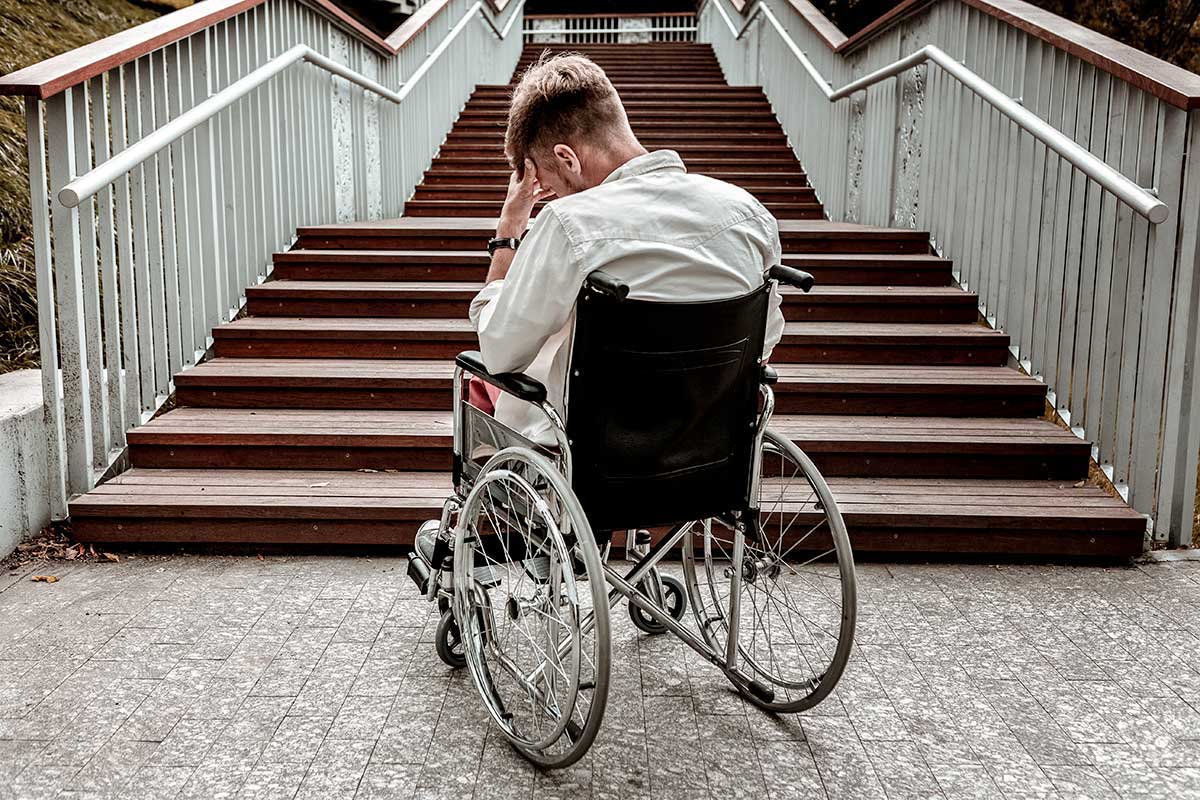
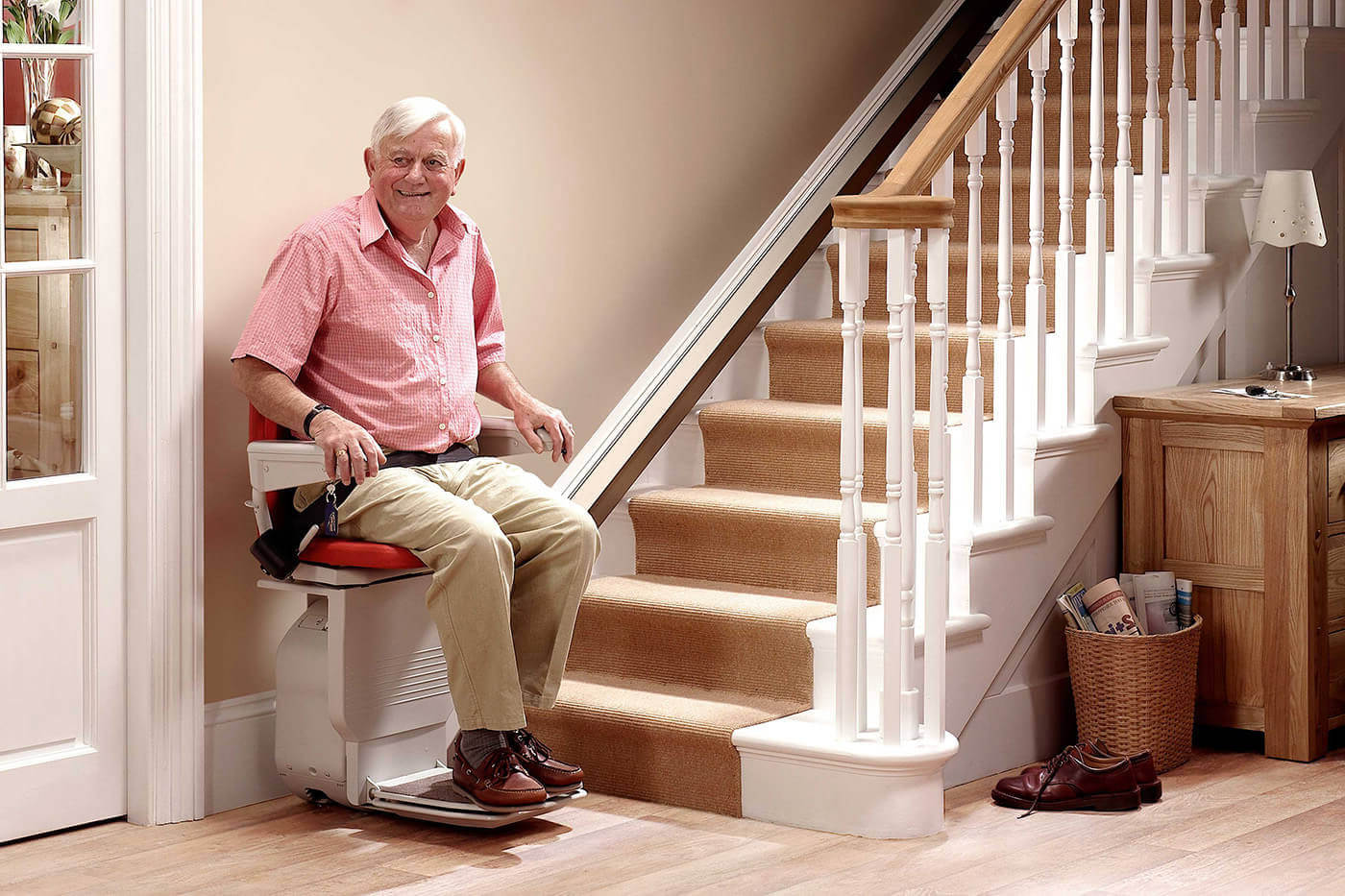
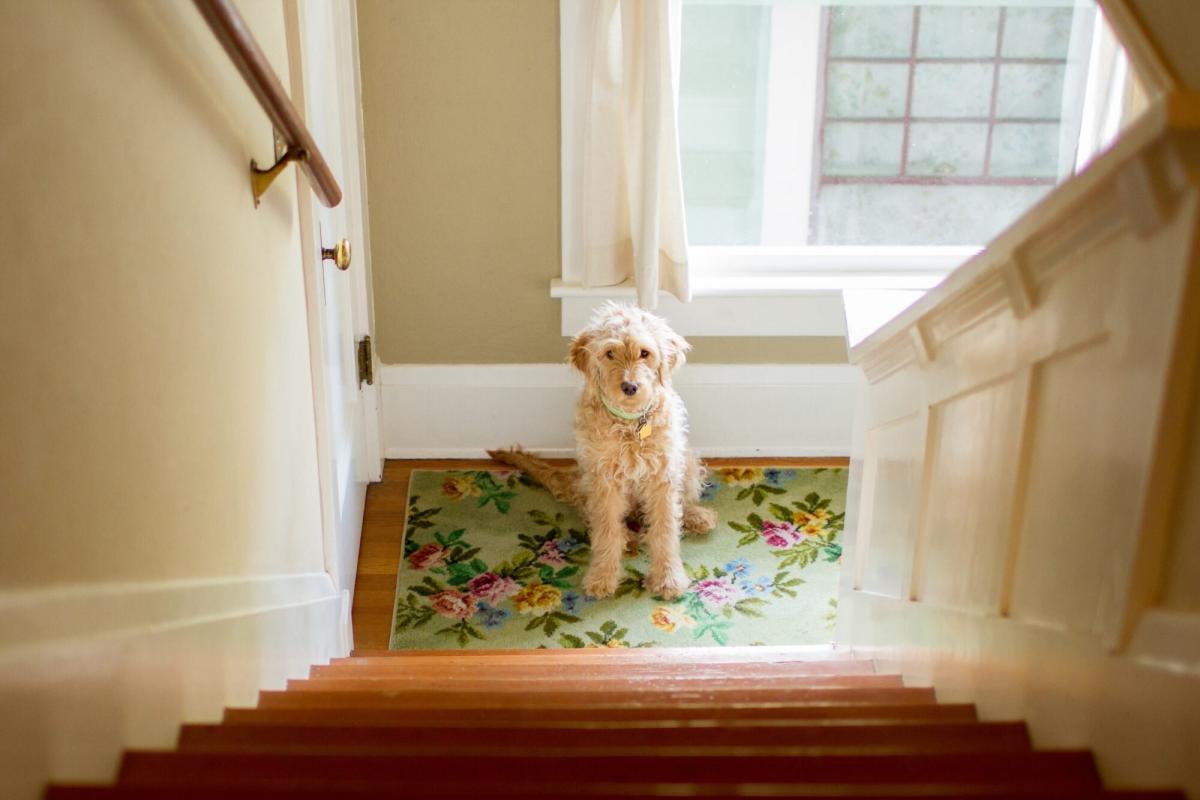
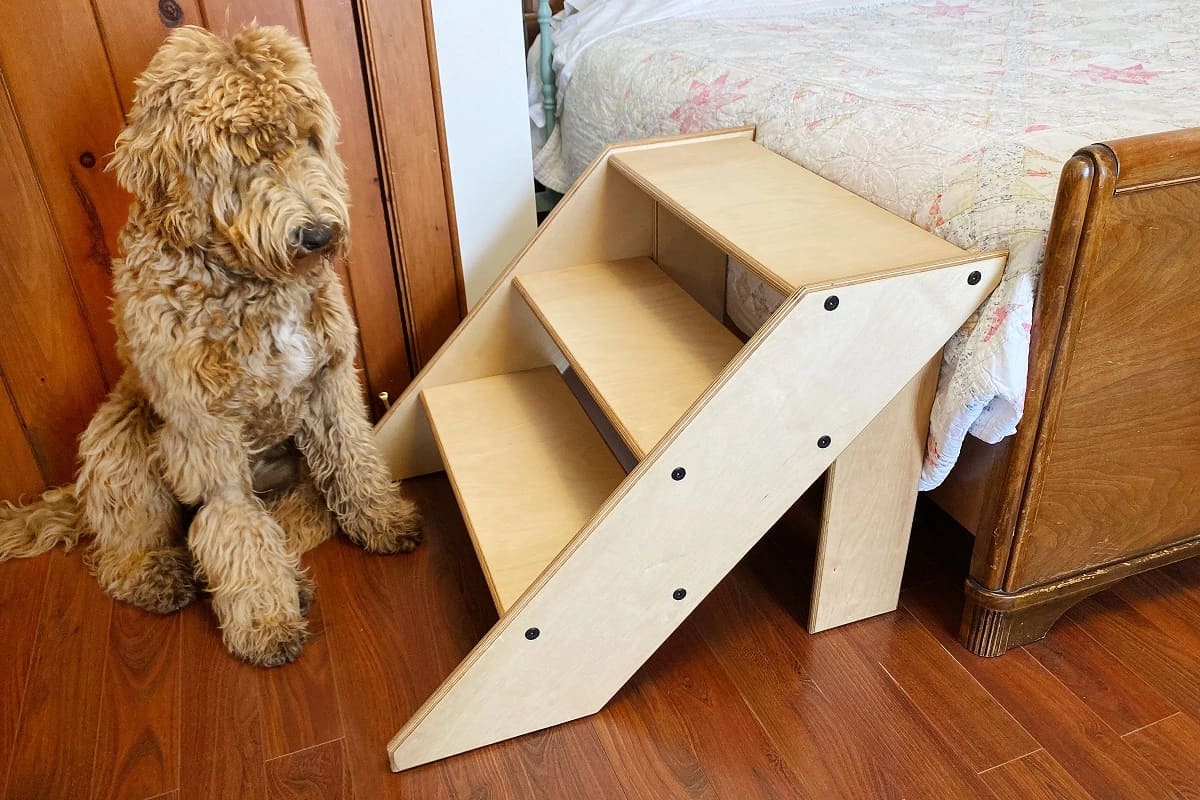

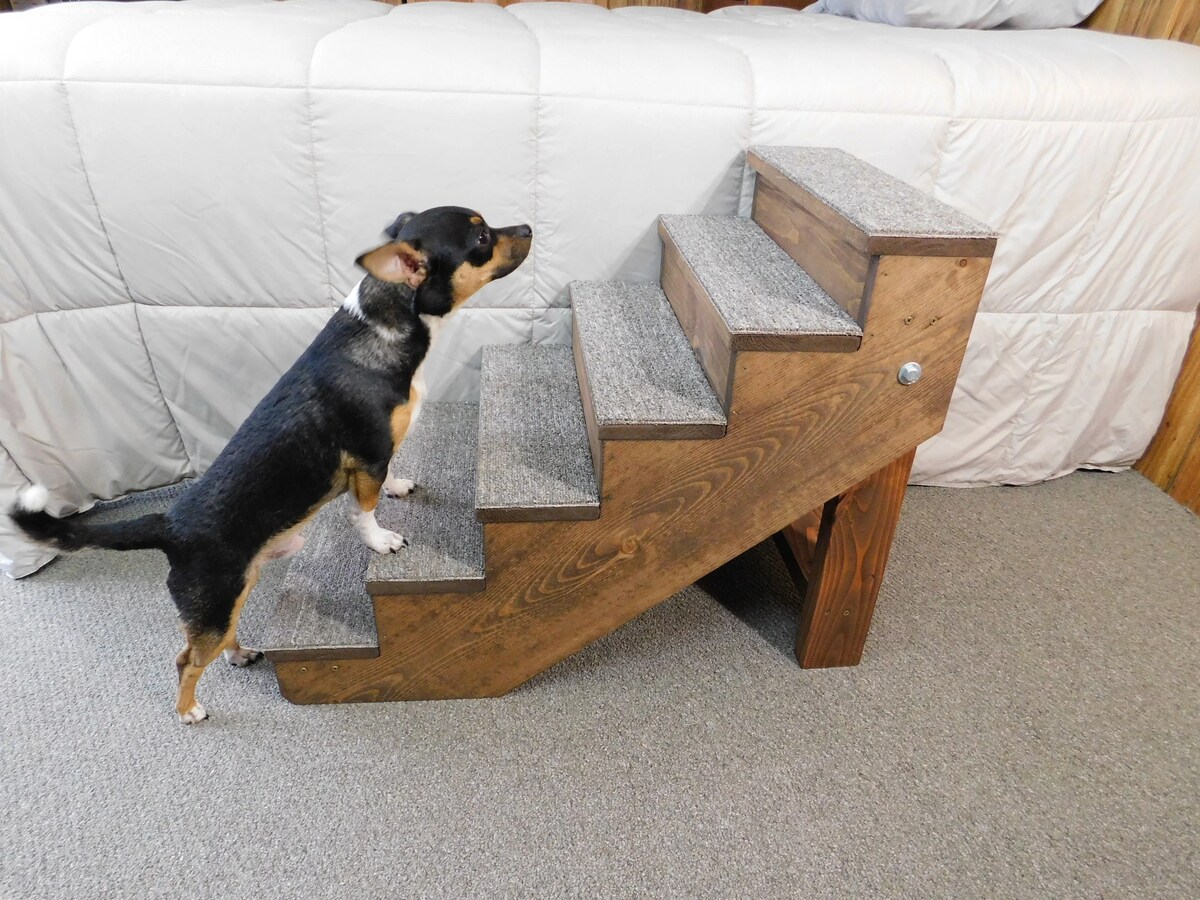
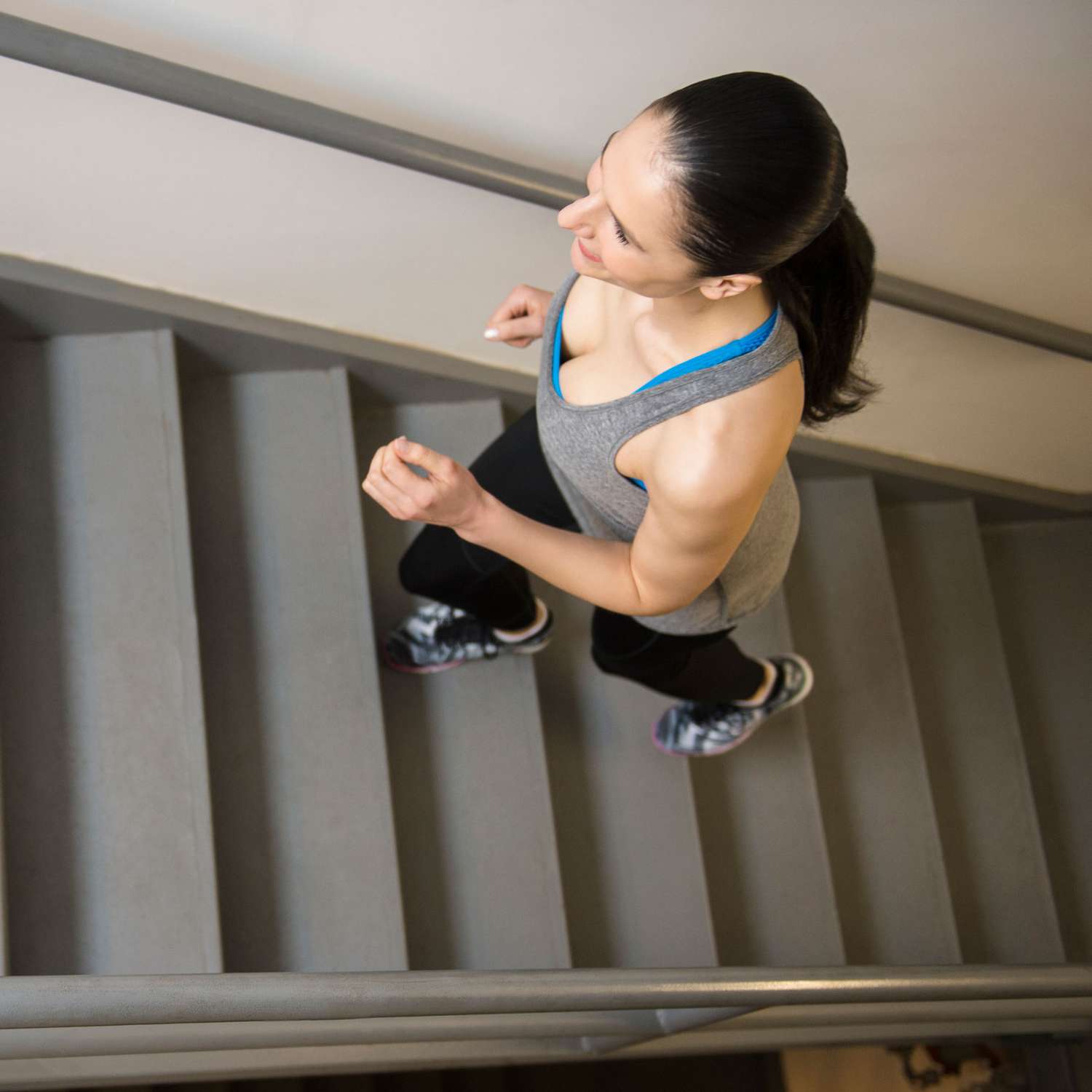
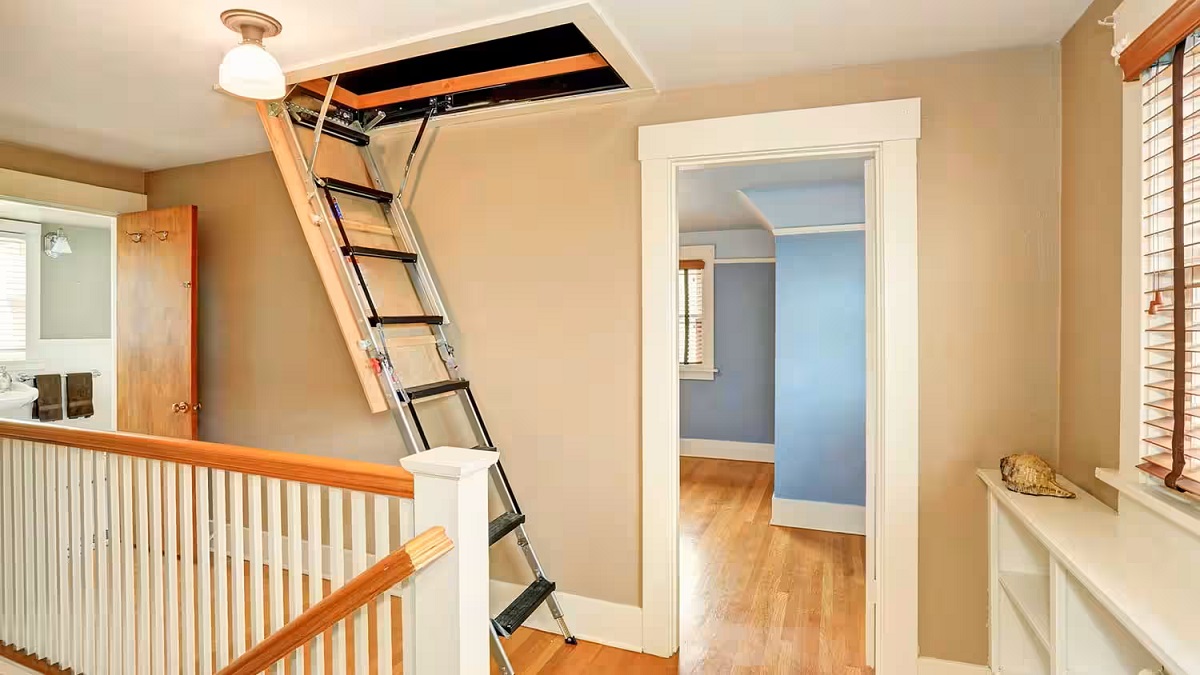
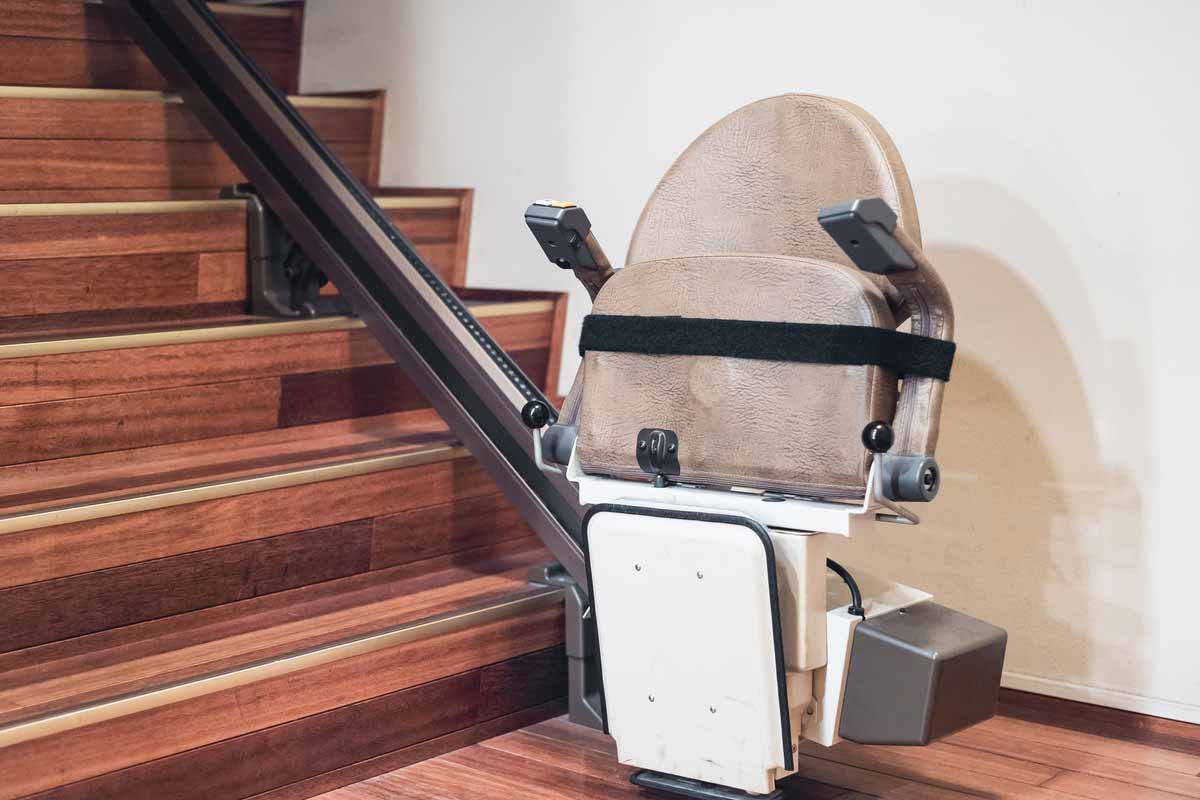
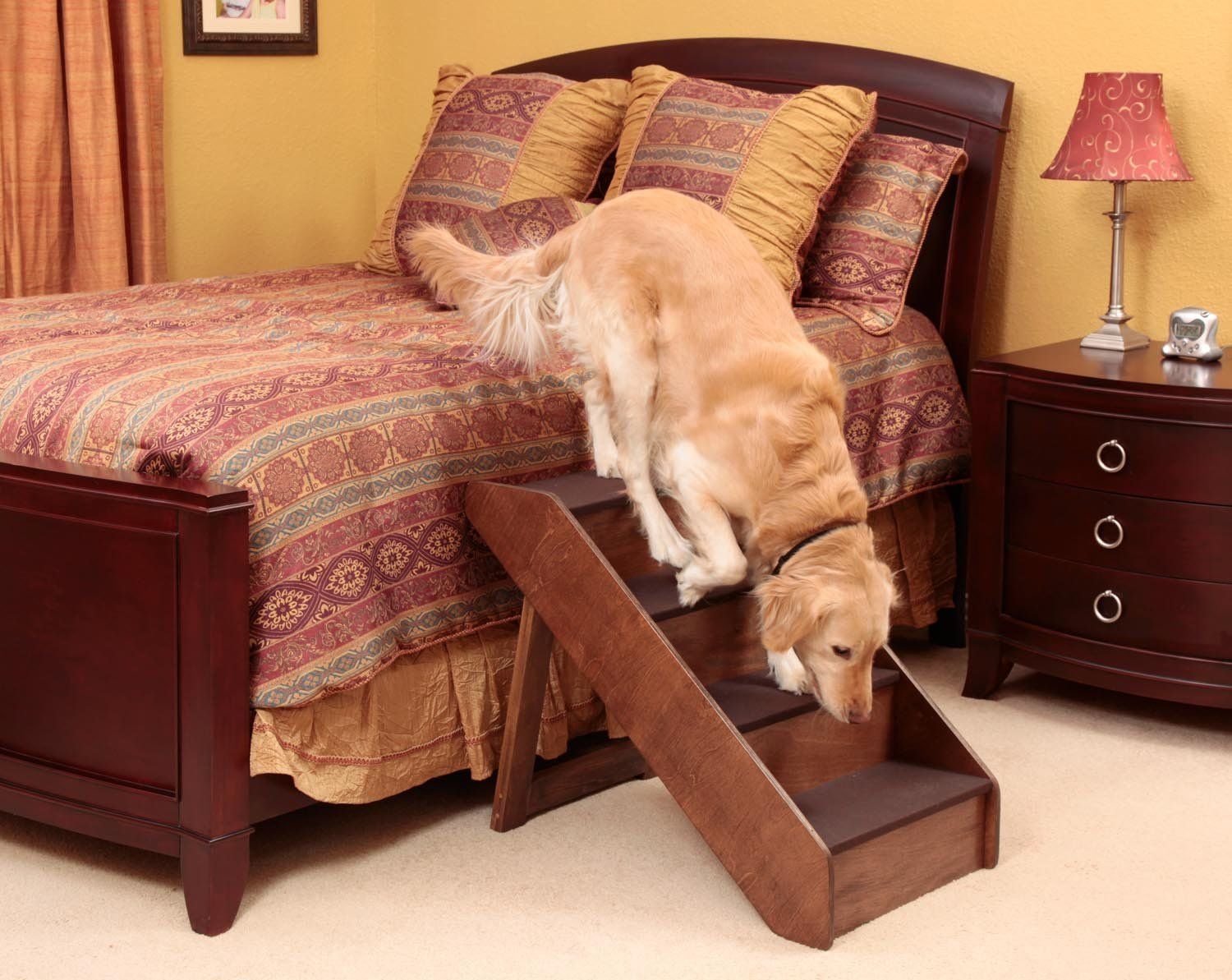

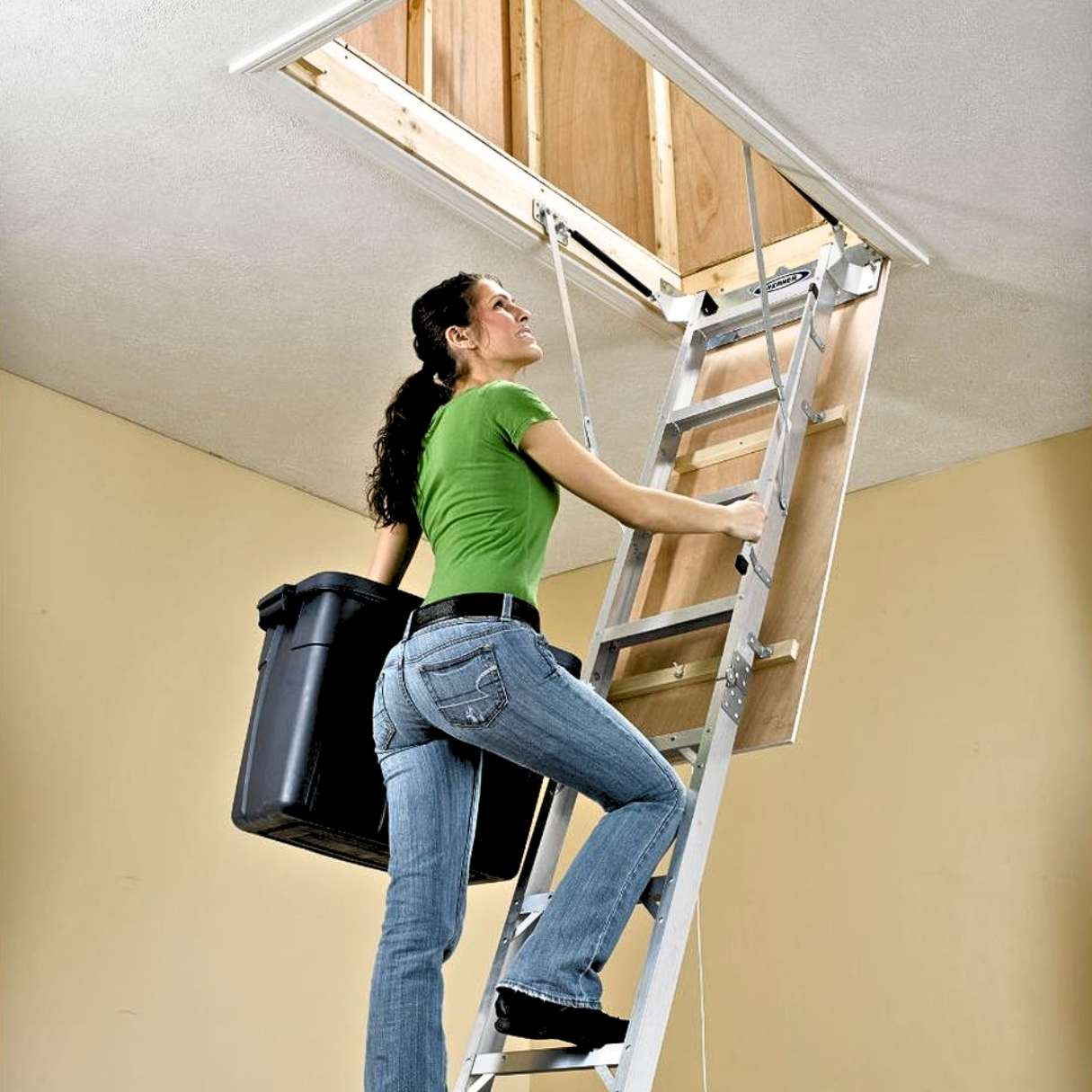
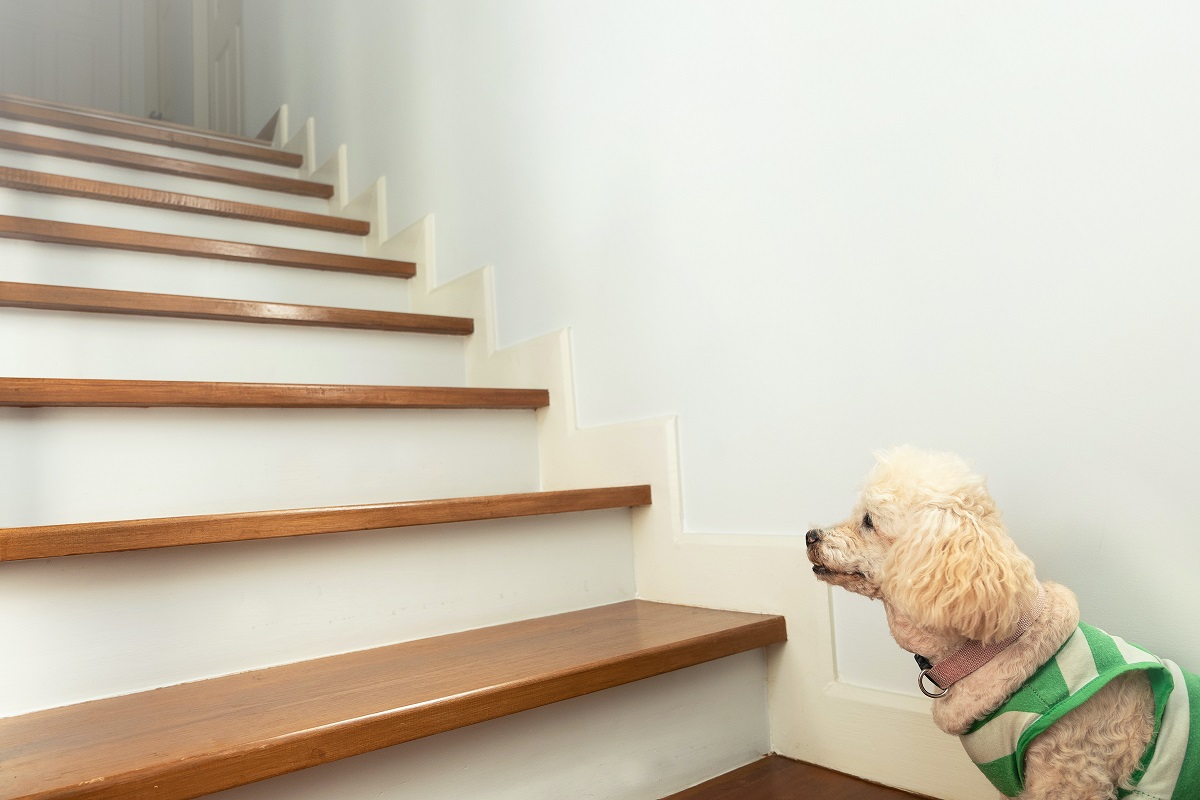


0 thoughts on “How To Get An Old Dog Up And Down Stairs”